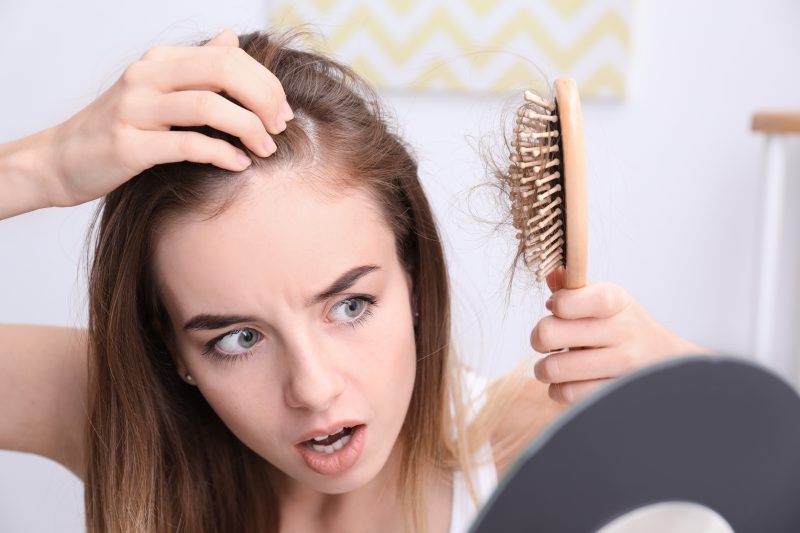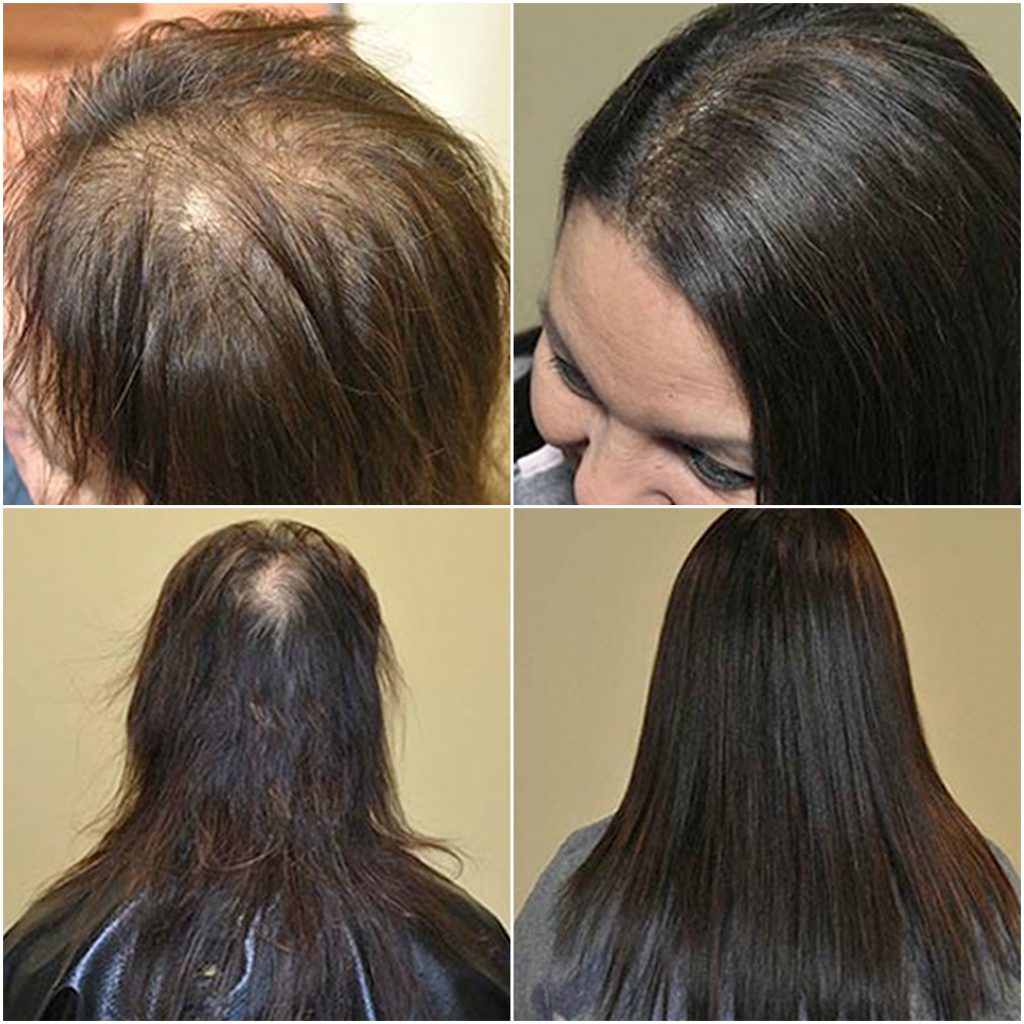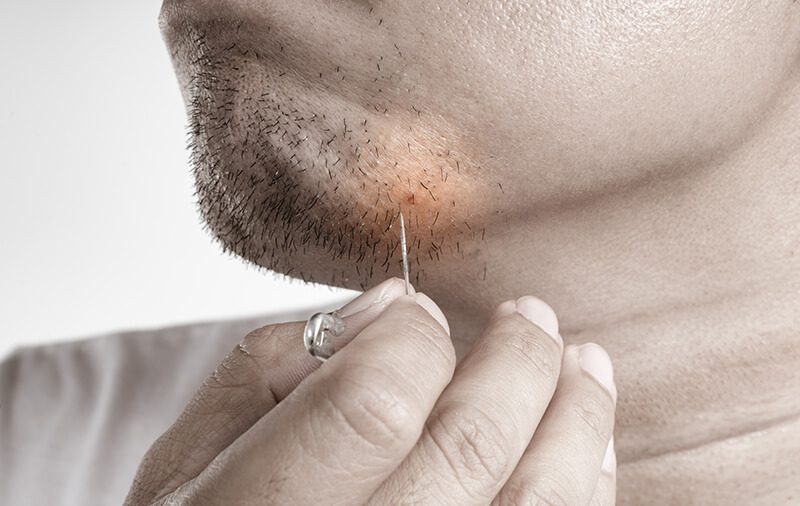Table Of Content
Other oft-used drugs include finasteride (Propecia) and spironolactone. But if your follicles become damaged, the hair loss may be permanent. See your dermatologist if you notice this type of hair loss. The sooner you start treatment, the better the chances for hair regrowth. Sometimes hair loss is a sign of a condition called hyperandrogenism, which happens when your body makes too many androgens (male hormones).
Understanding hair loss

A blood test can help determine if you have a nutrient deficiency. Perhaps the cheapest method of trying to get thicker hair is scalp massage. It doesn’t cost anything, and if done correctly, it isn’t harmful. Emotional support is also important, so ask your doctor about counseling or support groups where you can meet people going through similar situations. While there aren’t many studies in this area, researchers have discovered that eucalyptus oil and other plant extracts may reduce hair fallout and improve hair density.
Using harsh hair products
Results will likely not be immediate because hair takes some time to develop and then grow. “During menopause, hormonal changes, specifically a decrease in oestrogen levels, can affect hair growth cycles. This often leads to thinning of the hair, particularly at the crown and along the parting line. The research on microneedling for hair regrowth focuses on androgenetic alopecia.
What questions should I ask my doctor?
Hormonal fluctuations during menopause, pregnancy, or conditions like polycystic ovary syndrome (PCOS) can also contribute to hair thinning. Male and female pattern baldness are the main cause of hair loss. However, lifestyle factors, such as frequent tight hairstyles, and medical conditions, such as alopecia, can also cause hair loss. Rogaine (minoxidil), an over-the-counter hair-loss treatment for male pattern baldness, may help people with androgen-related hair loss as well.
In women and others with female reproductive organs, its most common cause is polycystic ovary syndrome (PCOS). Along with hair loss, other signs of PCOS include weight gain, acne, and irregular periods. Things that interfere with the growth cycle -- like medications, illnesses, infections, or chemicals -- have the potential to stop hair from being formed the right way.
Seasonal hair loss: What causes it and treatments to help - TODAY
Seasonal hair loss: What causes it and treatments to help.
Posted: Fri, 12 Apr 2024 07:00:00 GMT [source]
Best hair loss shampoos and conditioners for 2024 UK - Good Housekeeping uk
Best hair loss shampoos and conditioners for 2024 UK.
Posted: Fri, 26 Apr 2024 07:00:00 GMT [source]
Hair growth may take 6–12 months to improve, but if a person stops using the treatment, hair loss will recur. Treatment can often help manage hair loss that occurs with aging by boosting hair health, thickness, and strength. Hair that falls out due to a health condition often regrows in time. Before pursuing hair loss treatment, talk with your doctor about the cause of your hair loss and treatment options. Thinning hair can grow back depending on what caused it to thin in the first place. People who experience thinning hair due to nutrient deficiencies, stress, pregnancy, and other nongenetic reasons could experience regrowth.
A person may lose hair as a result of a health-related issue, such as alopecia areata, a nutrient deficiency, or medication use. Treatment for hair loss will depend on the cause, but avoiding heat on the hair and following other lifestyle tips may help. Women with hair loss due to alopecia areata may consider treatment with corticosteroids applied to the scalp or injected into multiple sites in the affected area. People with alopecia areata may also benefit from immunosuppressive medications like methotrexate.
Many people think that hair loss only affects people assigned male at birth (AMAB). However, studies show that more than 50% of people assigned female at birth will experience noticeable hair loss. The most significant cause of hair loss in women is female-pattern hair loss (FPHL). This affects about 30 million people in the United States. That said, there are a number of possible medications and treatments for hair loss caused by female-pattern baldness and other alopecias. Androgenetic alopecia, which health experts also refer to it as male pattern and female pattern baldness, results from genetic and hormonal factors.

Nearly two-thirds of participants experienced some kind of improvement after 1 year. Those who began the trial with more pronounced hair loss saw the most benefit from the medication. Androgenetic alopecia can occur at any age after puberty, but it’s most common in postmenopausal women.
It typically isn’t covered by insurance, and it can be expensive, Mirmirani says. To use minoxidil, you apply it to the scalp as directed, usually once or twice a day. Your doctor gently scrapes skin samples from your scalp and sends them to a lab for testing.
The immune system attacks hair follicles, along with other healthy parts of the body. Telogen effluvium is a condition in which the hair remains in the telogen phase of the cycle. This causes more hair than usual to fall out, sometimes in handfuls. Finasteride inhibits 5 alpha-reductase, blocking the conversion of testosterone to dihydrotestosterone (DHT), the androgen responsible for male pattern baldness. A 2020 study tracked 79 women taking spironolactone daily (doses ranged from 25–200 mg) for a minimum of 6 months.
Having a deficiency in these vitamins may affect your hair growth. Most people can get the amounts of these vitamins they need by following a balanced diet, but in some cases, a doctor may recommend dietary supplements. One example is alopecia areata, which is an autoimmune disorder where your immune system attacks hair follicles, causing thinning hair and sudden hair loss.

No comments:
Post a Comment